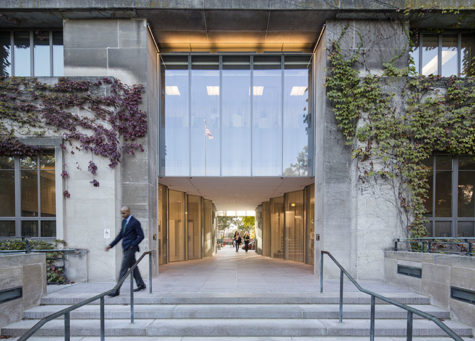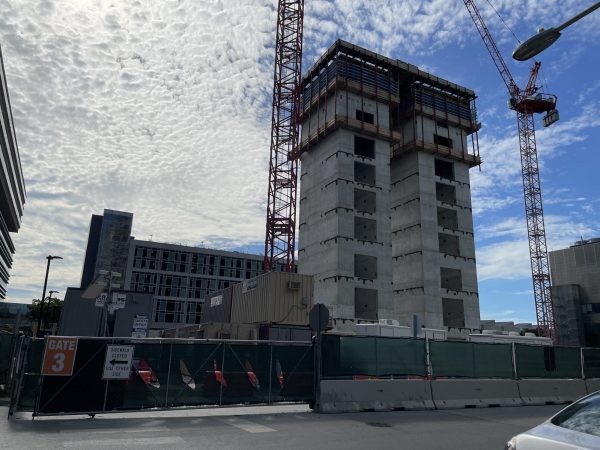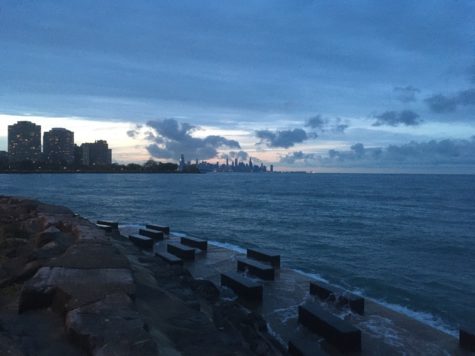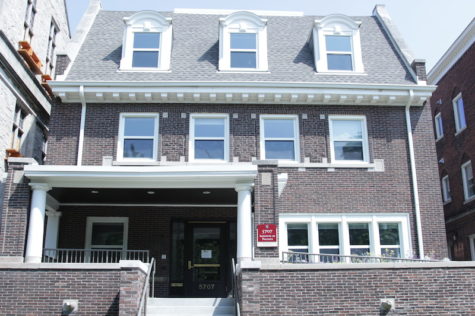Oriental Institute Renamed Institute for the Study of Ancient Cultures
The updated name and logo for both the institute and its associated museum are intended to reflect ISAC’s research more accurately.
The Institute for the Study of Ancient Cultures.
April 4, 2023
The University of Chicago Oriental Institute (OI) has been renamed to the Institute for the Study of Ancient Cultures, West Asia & North Africa (ISAC), per an email from the University Office of Communications to the University community on April 4. The OI Museum has also been renamed to the ISAC Museum.
According to the email, a committee of UChicago faculty and students from the Near East Languages and Cultures department (NELC) as well as faculty from peer institutions was formed in 2021 to decide on a new name for the ISAC.
In October 2022, ISAC members determined that alongside a new name, the Institute would have a different logo. The updated logo design was inspired by the lotus flower, a motif common in many of the cultures studied at the institute. Depictions of the lotus flower have also decorated the ISAC building since its construction in 1930.
“It was overwhelmingly decided that it was time for a change,” ISAC Communications Director Matthew Whelton said in an interview with The Maroon on Monday.
Whelton emphasized that the decision was made to reflect ISAC’s research and collections more accurately.
“The word oriental doesn’t [reflect] our collections or our work. When people hear the word oriental, they think of East Asia, and our work doesn’t address East Asia at all. A big part of this was to combat this confusion,” Whelton said.
In 2019, as part of its centennial celebration, the Institute was already distancing itself from the Oriental Institute name. In a 2020 interview with The Maroon, then director Christopher Woods, who left the institute in April 2021, revealed that the Oriental Institute name was being phased out in official communications in favor of the OI abbreviation because the term Orient once used to describe Asia, had fallen out of common use. At the time, no further indications were given as to the timeline for renaming.
“We’re aware of the pejorative connotations of the word and thought it was a perfect time to change, both to bring awareness to what we do and to create a name that more effectively speaks to the cultures that we represent,” Whelton said.
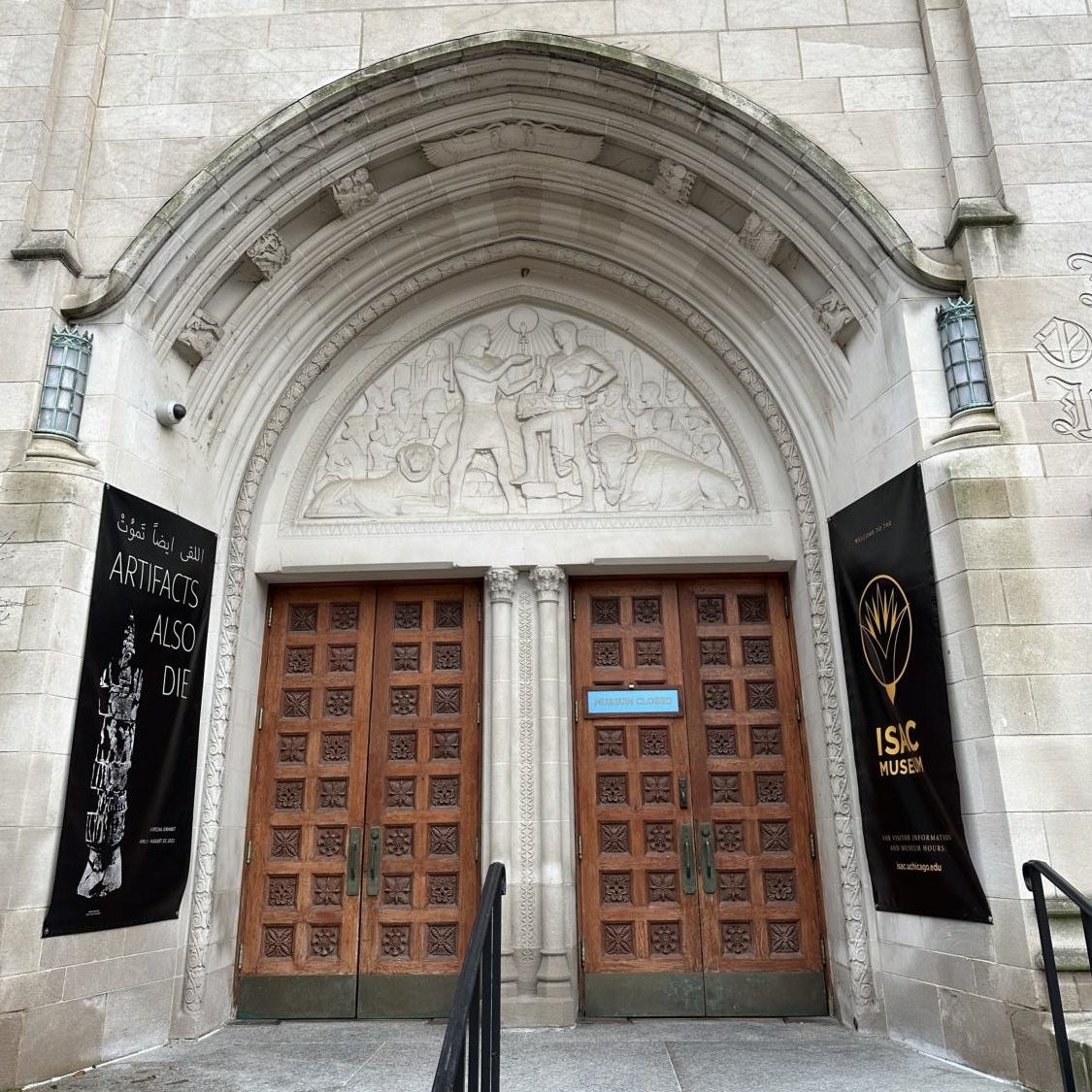
The institute, created with the aim of studying the progression of human history from the earliest civilizations in North Africa and West Asia, traces its origins back to the Haskell Oriental Museum, cofounded in 1896 by former University president William Rainey Harper. James Henry Breasted, who succeeded Harper as museum director in 1901, eventually created the Oriental Institute in 1919 as the University’s first research institute. John D. Rockefeller Jr., son of University founding donor John D. Rockefeller Sr., funded both the creation of the OI and its 1931 move into its current headquarters.
Projects funded by ISAC include the excavation of Persepolis, located in modern-day Iran, in 1930–31; the compilation of the Chicago Assyrian Dictionary, Chicago Demotic Dictionary, and Chicago Hittite Dictionary; and the construction of the Chicago House in Luxor, Egypt, in 1924. The Luxor site hosts ISAC’s Epigraphic Survey, which aims to record carvings in ancient monuments that are at risk of erosion. ISAC is also conducting fieldwork in Egypt, Israel, Palestine, Turkey, and Jordan, as well as the CAMEL lab, a digital mapping–focused project.
The ISAC Museum currently holds nearly 350,000 artifacts from West Asia and North Africa, the majority of which were found during the University’s excavations in the 20th century. More than 55,000 visitors come to the museum annually, per ISAC’s website.
Among the artifacts are approximately 30,000 clay tablets that were discovered in the 1930 Persepolis expedition and that have been on loan to ISAC from the Iranian government ever since. The tablets were the subject of the 2018 Supreme Court case Rubin et al. v. Islamic Republic of Iran et al. ISAC was a respondent in the case, in which United States citizens who survived a terrorist attack carried out in 1997 by Hamas in Jerusalem sought possession of Iranian artifacts as compensation after the Iranian government did not pay the $71.5 million owed to them.
In the email, Interim Director of ISAC Theo van den Hout emphasized that the Institute’s work will continue as before. “Although the Institute’s name has changed, our mission remains the same,” he said.
ISAC’s new special exhibition, Artifacts Also Die, opens April 5 and will remain open until August 27, 2023. According to ISAC’s website, the exhibit is part of a current project titled Ruins, Rubble, and Renewal: Co-Existent Ruins—Exploring Iraq’s Mesopotamian Past Through Contemporary Art. The ISAC Museum is open Tuesday through Sunday from 10 a.m. to 4 p.m.
Michael McClure contributed reporting.






